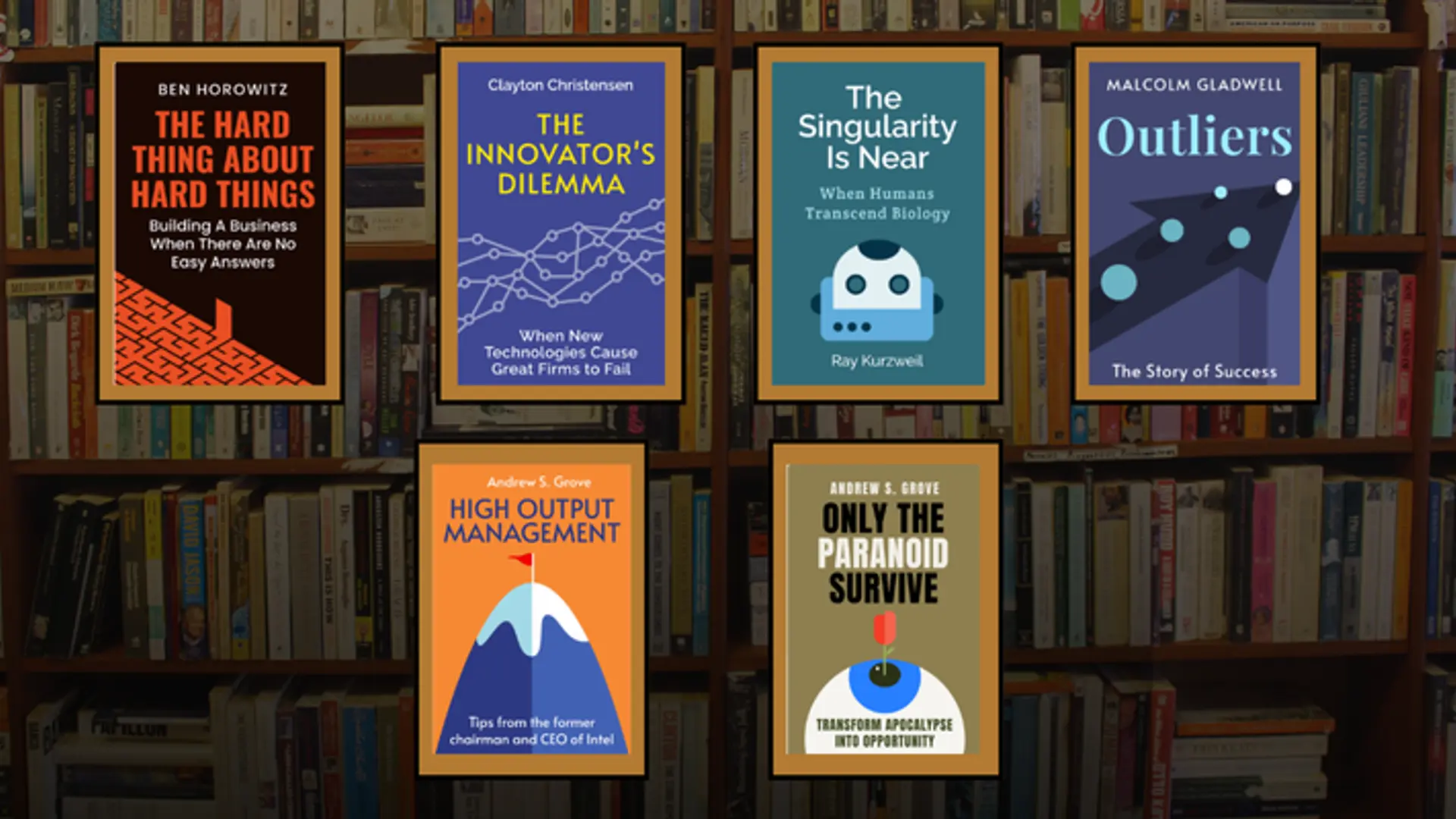Exposed: The Clever Trick Coffee Shops Use to Make You Spend More
Unveil the power of psychological pricing in coffee shops. Learn how the Decoy Effect strategically influences customer choices and boosts revenue.
The "Decoy Strategy" in Coffee Shop Marketing: A Strategic Approach to Consumer Choice
In the dynamic world of coffee shop marketing, the "Decoy Strategy" stands out as a clever technique to influence customer choices and boost sales. This strategy, rooted in behavioral economics, involves introducing a third option (decoy) to sway customers towards choosing the more expensive of two other options. The effectiveness of this strategy lies in its subtle manipulation of perceived value, steering customer preferences in a way that favors the business.
Understanding the Decoy Effect
At its core, the Decoy Strategy is about presenting choices in a manner that highlights the attractiveness of the target product. The decoy, typically priced slightly lower than the target but with considerably less value, makes the target appear more valuable in comparison. This effect, also known as asymmetric dominance, occurs because the decoy is only there to make the target option look better by comparison.
Example in a Coffee Shop Setting
Consider a coffee shop that offers three sizes of coffee: small ($3), medium ($4.50), and large ($5). The medium serves as the decoy. While the price difference between the small and medium is significant, the jump from medium to large is relatively small. Customers, perceiving greater value in the large size for a slightly higher price, are more likely to choose the large over the medium, even though they might have originally intended to buy a small.
Strategic Placement and Pricing
The key to the Decoy Strategy's success lies in strategic placement and pricing. The decoy must be priced close to the target option but offer significantly less value, making the target appear as a more reasonable and valuable choice. In our example, the medium size is strategically priced closer to the large, with the value proposition skewed towards the large size.
Psychological Underpinnings
This strategy exploits cognitive biases in decision-making. People tend to simplify complex decisions by comparing options relative to one another. By introducing a decoy that is clearly inferior to one of the options, businesses can nudge customers towards the target choice.
Ethical Considerations and Customer Experience
While effective, it's crucial for coffee shops to balance the Decoy Strategy with ethical considerations. Overuse or blatant manipulation can lead to customer distrust. Therefore, it should be integrated thoughtfully into the broader context of customer experience and value provision.
The Decoy Strategy in coffee shop marketing is a testament to the nuanced understanding of consumer behavior. By smartly introducing a decoy, coffee shops can subtly influence customer choices, leading to increased sales of higher-margin products. However, it should be used judiciously and ethically, ensuring that customer trust and satisfaction remain at the forefront of the business strategy.







